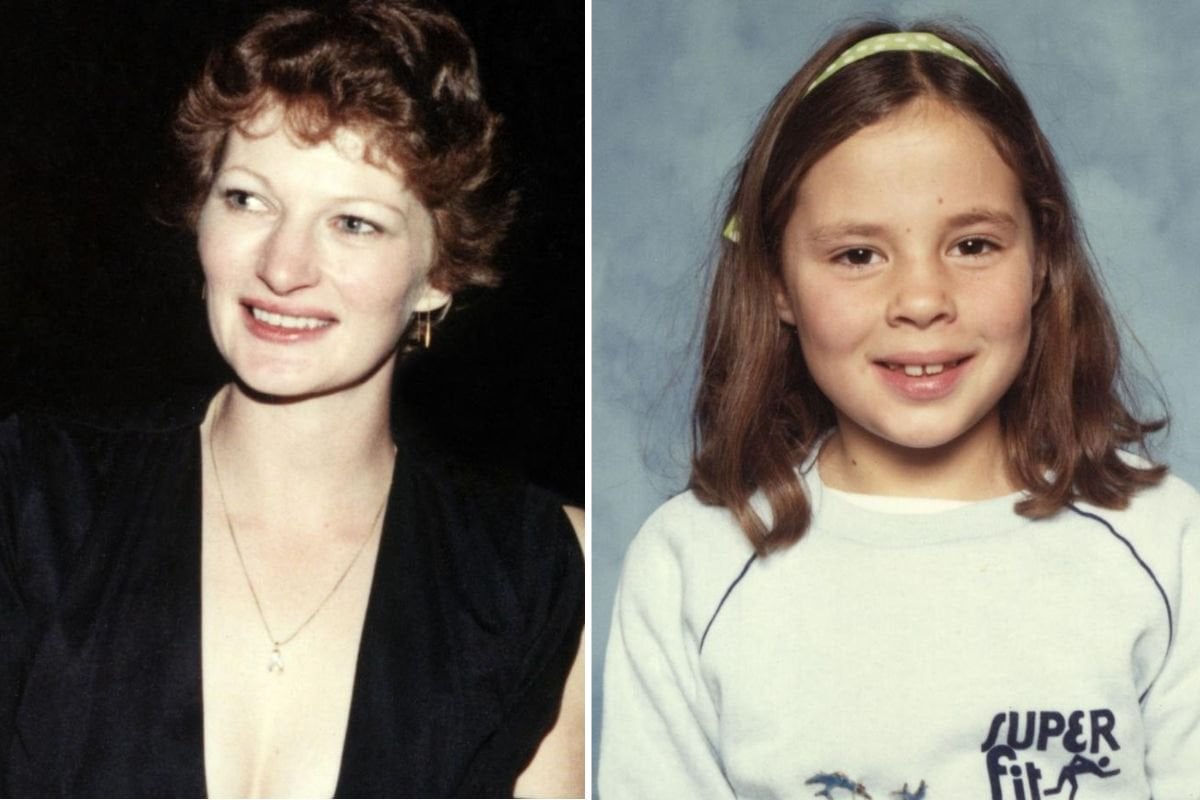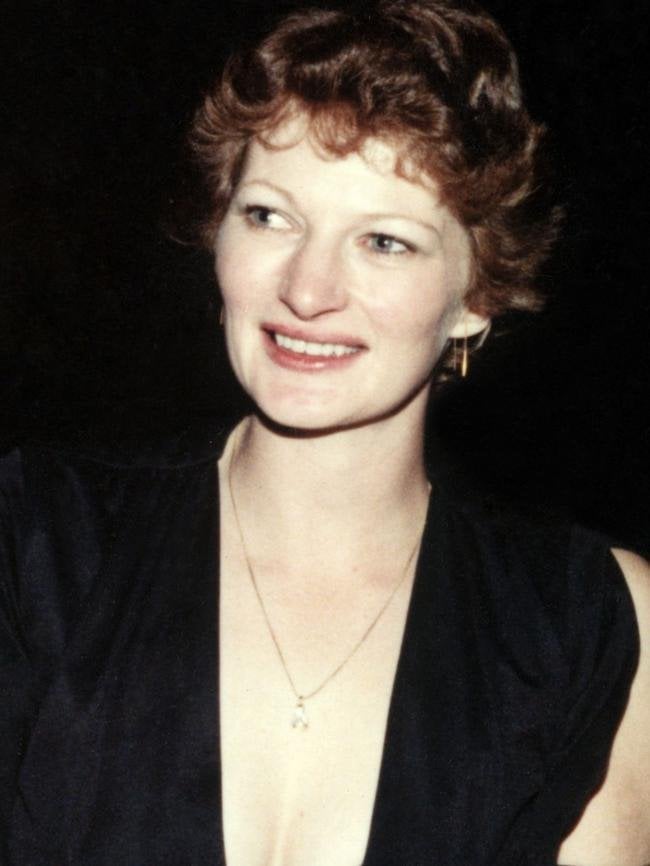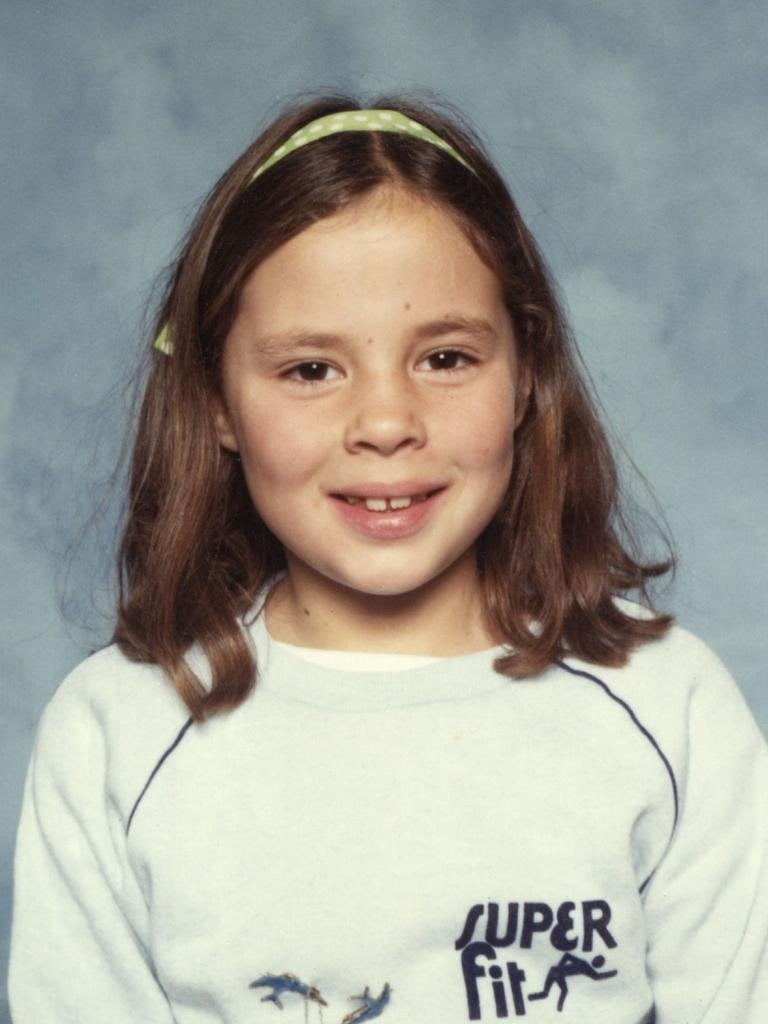
The murder of Margaret and Seana Tapp should be etched into our bones.
As Australians, we should all remember the mother-and-daughter killed in their beds in suburban Melbourne in the 1980s.
The Tapp Murders — like The Beaumont Children and The Easey Street murders — should be an unsolved crime we all know by name.
And yet it's a case that fell through the cracks in more ways than one.
Listen: To the details of this case on True Crime Conversations.
It was the winter of 1984 when Margaret and Seana were found dead in their beds in Ferntree Gully, at the foot of the Dandenong Ranges.
They'd been strangled and the little girl, only nine when she died, had been sexually assaulted. The crime was so horrifying, the detective who was first on the scene went home and wept that evening.
Margaret was a single mum; a nurse, a part-time law student and beloved by many. Seana was a normal, happy little girl who was part of the local Brownie girl guides and adored her dog, a friendly spaniel.
Police had a few decent clues. They found semen at the scene, fibres were found around their necks suggesting a specific rope had been used, and a distinct footprint was lifted. Found in both Margaret's bedroom and the bathroom, the print had been made by a large pair of Dunlop Volleys.
 Margaret Tapp. Image: Victoria Police.
Margaret Tapp. Image: Victoria Police.


Top Comments